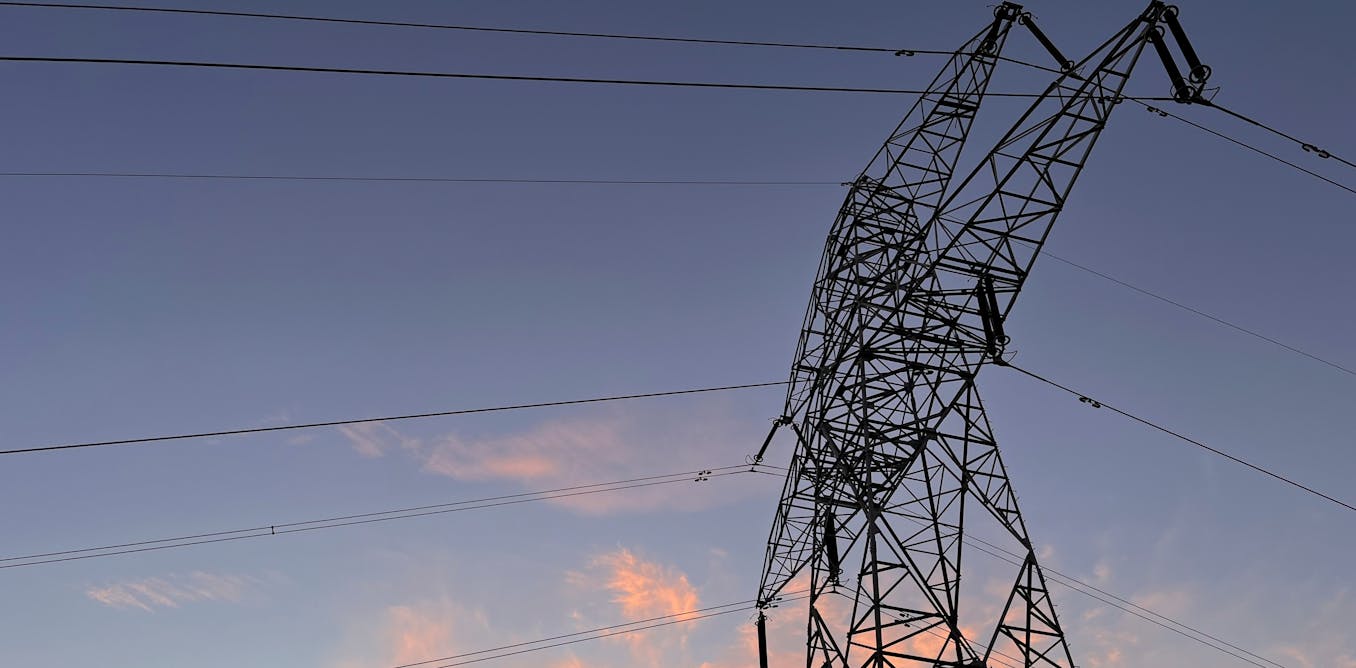I've been following the story since it occurred.
As some of us (e.g. Texans) know first hand, stabilizing an isolated or relatively isolated grid can be a challenge.Anybody who has overloaded a generator knows this first hand.
In terms of sequence, it seems as if a grid instability occurred, and in fact had been occurring for at least a week prior to the event, so this was not an "unexpected" event as portrayed in a number of articles. The Spanish grid operators had what appears to have been many warning that their grid was in unstable territory. Whether they did anything is TBD, but it clearly wasn't enough.
The final analysis isn't done by any means, but if you want a fairly good first pass, there is this;
By analysing minute-by minute data, we can pinpoint the moment where it all went wrong for Spain’s power grid.

theconversation.com
Here is an excerpt;
"What went wrong?
When analysing the available data available from REE between 12:30 and 12:35, we can observe several unusual events.
A few minutes before the outage, fluctuations were observed in the grid, and there was a spike in wind power generation, which had been very low until then. France suddenly stopped importing electricity from Spain, perhaps because it detected a problem in the peninsular grid, and this deepened the imbalance between supply and demand.
At that point, the few operating nuclear power plants received an overload signal. In accordance with protocol, control rods were inserted and they were automatically shut down.
But what was most surprising was the behaviour of solar photovoltaics, which dropped sharply from generating 18,000 MW to just 8,000 MW in just a few seconds. Since the sun had not vanished, it must have been an automated command that switched off thousands of solar facilities.
REE sources indicate that the problem may have been triggered by the disconnection of some solar plants in southwest Spain, but the grid would normally be able to balance this out through regulation – the mechanism for balancing supply and demand. This was being done mainly with hydropower, as normal, but there came a point when this source had exhausted its adjustment capacity.
Current evidence therefore points to a problem in the synchronisation of the grid. All sources feeding power into the grid must be synchronised at the same frequency, 50 Hertz. To facilitate this synchronisation, stable base-load power is required, which is normally provided by nuclear and other large gas and hydroelectric facilities. These sources act as a natural buffer against disturbances, helping to keep the frequency stable in the face of sudden changes in generation or demand."
By analysing minute-by minute data, we can pinpoint the moment where it all went wrong for Spain’s power grid.

theconversation.com
More here;
I think it is a little early to assign blame, but the blackout is a great reminder to all of us to prepare for emergencies, and for those who plan such things, improve grid resilience and reliability with better synchronization and grid-ties.Like California, Spain and Portugal have many of the same challenges in energy, earthquakes, and fires. I hope that one lesson is better personal and neighborhood preparedness.
All the best,
Peter


